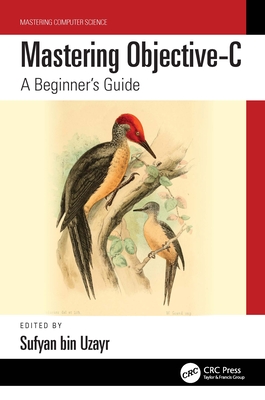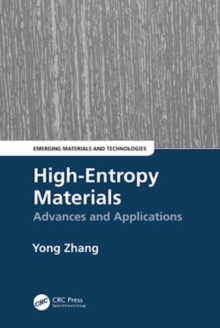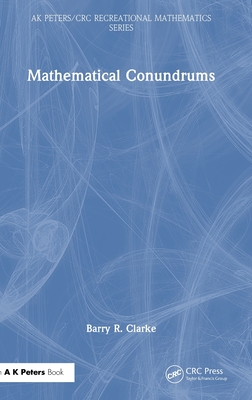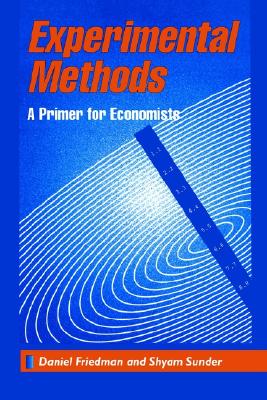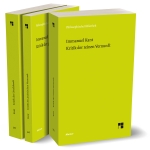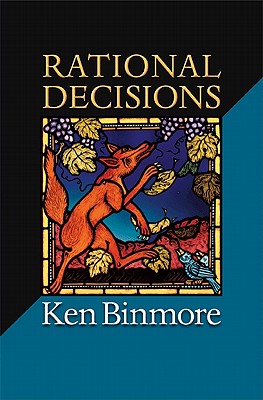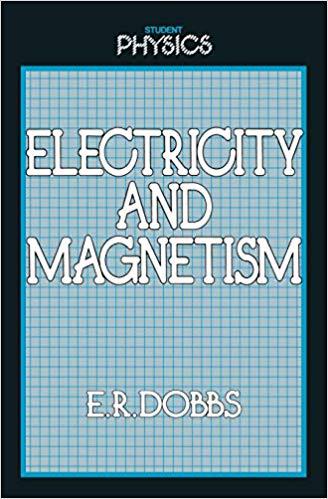
Electricity and Magnetism(Student Physics Series)
物理学史
¥
590.00
售 价:
¥
442.00
优惠
平台大促 低至8折优惠
发货周期:预计8-10周发货
作 者
出 版 社
出版时间
1984年05月31日
装 帧
平装
页 码
132
开 本
8.00 x 5.25 x 0.32
语 种
英文
综合评分
暂无评分
- 图书详情
- 目次
- 买家须知
- 书评(0)
- 权威书评(0)
图书简介
Electromagnetism is basic to our understanding of the properties of matter and yet is often regarded as a difficult part of an under graduate physics course. In this book answers are developed from first principles to such questions as: What is electricity? What is electromagnetism? Why are some materials magnetic and others non-magnetic? What is magnetism? Physics answers these questions in two related ways. On the one hand the classical explanation is in terms of classical concepts: electric charge q, electric and magnetic fields (E and B) and electric currents. On the other hand the microscopic (or ’atomic ’) explanation is in terms of quantum concepts: electrons, nuclei, electron orbits in atoms, electron spin and photons. Microscopic explanations underlie classical ones, but do not deny them. The great triumphs of classical physics are mechanics, gravitation, thermodynamics, electromagnetism and relativity. Historically they began at the time of Newton (seventeenth century) and were completed by Maxwell (nineteenth century) and Einstein (early twentieth century). Microscopic explanations began with J J. Thomson’s discovery of the electron in 1897. For most physical phenomena it is best to seek a classical explanation first, especially phenomena at room temperature, or low energy, when quantum effects are small. Although this text is primarily concerned with classical explanations in a logical, self-consistent sequence, they are related to microscopic (quantum) explanations at each stage.
本书暂无推荐
本书暂无推荐
